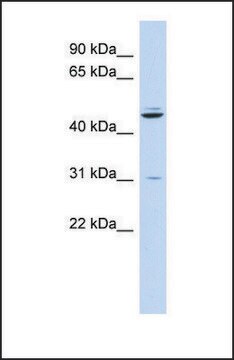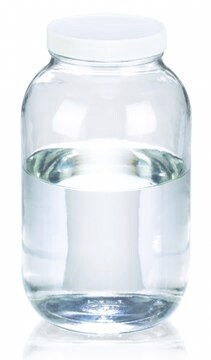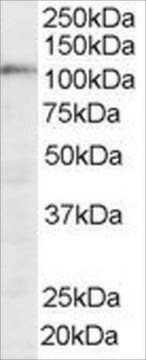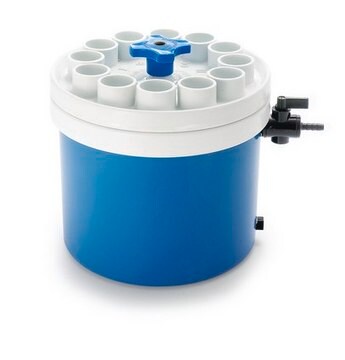ABC1431
Anti-HAF/SART1 Antibody
serum, from rabbit
Synonym(s):
U4/U6.U5 tri-snRNP-associated protein 1, Allergen Hom s 1, HAF, hSART-1, hSnu66, SART-1, Hypoxia-associated factor, SNU66 homolog, Squamous cell carcinoma antigen recognized by T-cells 1, U4/U6.U5 tri-snRNP-associated 110 kDa protein
About This Item
IP
WB
immunoprecipitation (IP): suitable
western blot: suitable
Recommended Products
biological source
rabbit
Quality Level
antibody form
serum
antibody product type
primary antibodies
clone
polyclonal
species reactivity
human, mouse
technique(s)
ChIP: suitable
immunoprecipitation (IP): suitable
western blot: suitable
NCBI accession no.
UniProt accession no.
shipped in
ambient
target post-translational modification
unmodified
Gene Information
human ... SART1(9092)
General description
Specificity
Immunogen
Application
Immunoprecipitation Analysis: A representative lot immunoprecipitated HAF from human renal carcinoma ACHN cell lysate (Koh, M.Y. et al. (2015). Cancer Res. 75(2):316-329).
Western Blotting Analysis: Representative lots detected both endogenous and exogenously expressed HAF in various transfected human cancer cells, while a downregulated HAF was detected in cells co-transfected with HAF siRNA (Koh, M.Y. et al. (2015). Cancer Res. 75(2):316-329; Koh, M.Y. et al. (2011). Cancer Res. 71(11):4015-4027; Koh, M.Y., et al. (2008). Mol. Cell. Biol. 28(23):7081-7095).
Western Blotting Analysis: A representative lot detected HAP in HIF-1 immunoprecipitate from A549, HCT-116, and HT-29 xenografts (Koh, M.Y., et al. (2008). Mol. Cell. Biol. 28(23):7081-7095).
Apoptosis & Cancer
Quality
Western Blotting Analysis: A 1:2,000 dilution of this antiserum detected HAF/SART1 in 10 µg of U2OS nuclear extract.
Target description
Physical form
Storage and Stability
Handling Recommendations: Upon receipt and prior to removing the cap, centrifuge the vial and gently mix the solution. Aliquot into microcentrifuge tubes and store at -20°C. Avoid repeated freeze/thaw cycles, which may damage IgG and affect product performance.
Other Notes
Disclaimer
Not finding the right product?
Try our Product Selector Tool.
Storage Class Code
12 - Non Combustible Liquids
WGK
WGK 1
Certificates of Analysis (COA)
Search for Certificates of Analysis (COA) by entering the products Lot/Batch Number. Lot and Batch Numbers can be found on a product’s label following the words ‘Lot’ or ‘Batch’.
Already Own This Product?
Find documentation for the products that you have recently purchased in the Document Library.
Our team of scientists has experience in all areas of research including Life Science, Material Science, Chemical Synthesis, Chromatography, Analytical and many others.
Contact Technical Service







